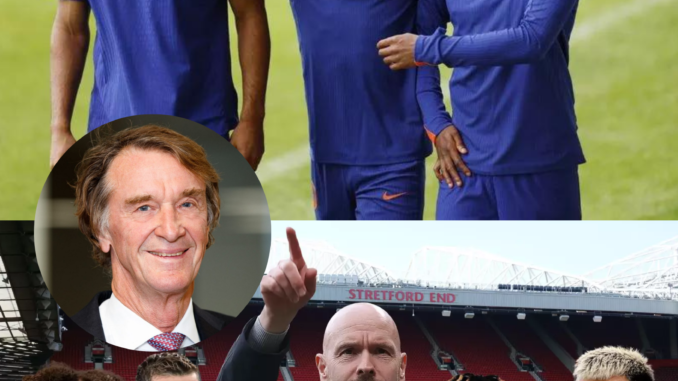
The transfer market has transformed dramatically over the last four years. The financial hit from Covid-19 and stricter spending rules in domestic leagues have shifted the power dynamics significantly.
Continental clubs have seen their influence wane. While Bayern Munich and Real Madrid can still secure major deals—such as Harry Kane and Jude Bellingham last summer—others, like Barcelona and Juventus, face severe financial constraints. Barcelona’s debt issues and La Liga’s cost control measures have curbed their spending, and Juventus is no longer a dominant force in the market.
Premier League clubs managed the revenue loss during Covid-19 better than their European counterparts and initially maintained market dominance. A trend of English clubs selling players to each other has intensified in recent seasons. For example, Manchester City sold Raheem Sterling, Oleksandr Zinchenko, and Gabriel Jesus to domestic rivals. Manchester United capitalized on this trend last summer by signing Mason Mount from Chelsea, marking their first fee-based acquisition from a top-six rival since Nemanja Matic.
A new trend is emerging: players are increasingly having release clauses inserted into their contracts, giving them some control over their futures. While Saudi Arabia offers virtually unlimited transfer budgets, many players in their prime don’t find it an attractive option. Release clauses offer players some control over their career moves. However, standout performances can sometimes limit their options. For example, Bernardo Silva at Manchester City has a release clause of around £50m, but his preferred destination, Barcelona, remains unattainable even at that price.
Michael Olise is one player set to benefit from a release clause. A potential target for United, Olise’s £60m clause looks likely to be activated by Bayern Munich. Erik ten Hag saw Olise’s danger firsthand at Selhurst Park in May, but a right-winger wasn’t a priority for United.
United could take advantage of Joshua Zirkzee’s contract. The 23-year-old striker, being monitored this summer, has a €40m release clause, which is attractive for a club with a limited budget. Zirkzee, who shares a background with Rasmus Hojlund, is a work in progress but offers potential value. Although he has not yet featured for the Netherlands at Euro 2024, he remains on United’s radar.
Jeremie Frimpong, another Dutch player, is also being monitored by United. The attacking right-back played a key role in Bayer Leverkusen’s unbeaten domestic double, and his €40m release clause makes him a feasible target. Given his performance and the price, clubs might attempt to lure him away from Bayer Leverkusen’s Champions League campaign.
Nico Williams is another player whose release clause now looks attractive. The Athletic Bilbao winger impressed against Italy and, despite recently signing a new contract, retains a €55m release clause. His recent performances suggest this could be a bargain.
There is no indication United are targeting Williams, as they already have Alejandro Garnacho and Marcus Rashford. However, the increasing popularity of release clauses among players seeking control over their futures shows how deals are being shaped in the evolving transfer market.
Leave a Reply